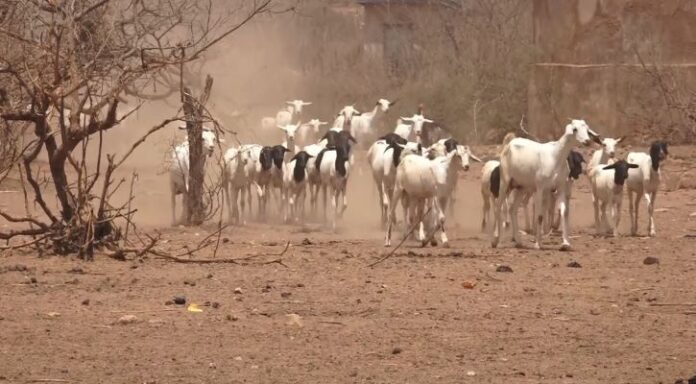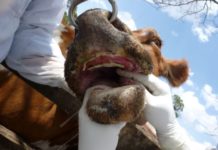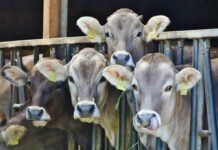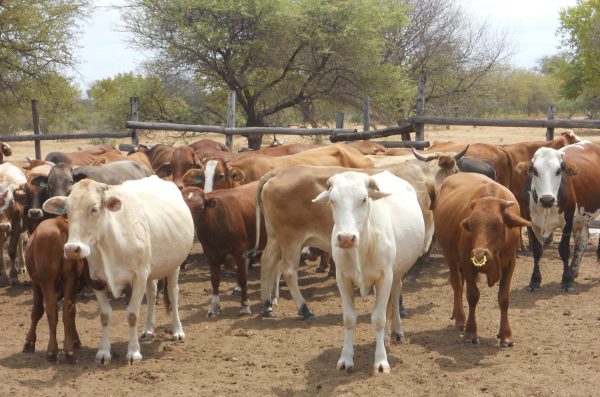
A recent study published in Regional Environmental Change in August 2025 has harnessed a machine-learning driven approach to estimate future changes in livestock carrying capacity across East Africa and diagnose the underlying climatic drivers.
The paper addresses the persistent knowledge gap around how climate change will affect rangeland productivity and livestock capacity at regional scales. Traditional methods—including localized surveys and process-based models—have struggled with spatial variability and poor calibration in data-scarce regions.
Instead, researchers led by Duku and colleagues developed a machine learning framework integrating satellite-based biomass data (via remote sensing) with climate projections to model net primary productivity (NPP) and translate that into livestock carrying capacity (measured in tropical livestock units, TLU).
Projected outcomes vary significantly by country and production system:
- In Ethiopia, the mixed crop-livestock rainfed temperate system (MRT)—which historically supports roughly half of the country’s cattle and sheep—faces dire declines. Projections show up to 37% reduction in carrying capacity, especially under the high-emissions SSP5-8.5 scenario toward the end of the century. Already, with current livestock numbers near the MRT system’s limits, any drop in capacity risks serious livestock sustainability issues.
- In Kenya, trends differ by system:
- The pastoral/arid LGA system may see an 11–26% increase in carrying capacity.
- Conversely, mixed temperate (MRT) and livestock-only temperate (LGT) systems are expected to decline by 12–24% and 10–31%, respectively.
- Tanzania shows relatively minor shifts: a small increase in most systems (up to ~6%) except for LGT, which may drop around 12%.
- In Uganda, overall gains are projected—but MRT systems may decline by 15–32%, while mixed rainfed humid systems (MRH) could increase by 7–12%.
What’s driving these shifts?
The study digs into the drivers using explainability analyses: in Ethiopia’s MRT, increased precipitation in the wettest quarter, decreased temperature seasonality, and higher temperatures during the driest quarter are major contributors to reduced NPP—and hence, lower carrying capacity.
In Kenya’s LGA system, gains are mainly attributed to increases in precipitation during colder and wetter months, though rising dry-season temperatures may moderate gains.
CGIAR communications echo these findings, highlighting particularly sharp projected declines—up to 37% in Ethiopia’s mixed crop-livestock systems and 24% in Kenya—while noting modest increases elsewhere. They underscore the urgency of tailored adaptation responses.
Policy implications are profound:
- Ethiopia must urgently bolster monitoring systems, invest in local adaptation strategies (possibly including breed shifts or resilient forages), and secure livelihoods of agro-pastoralists.
- Kenya and Uganda should seize emerging opportunities by promoting low-emissions, sustainable livestock systems that maximize productivity gains without compromising environmental health.
This novel machine learning approach not only offers robust, scalable projections for livestock capacity but also illuminates the complex climatic drivers behind them—enabling targeted, climate-smart interventions for East Africa’s vulnerable livestock-dependent communities.







